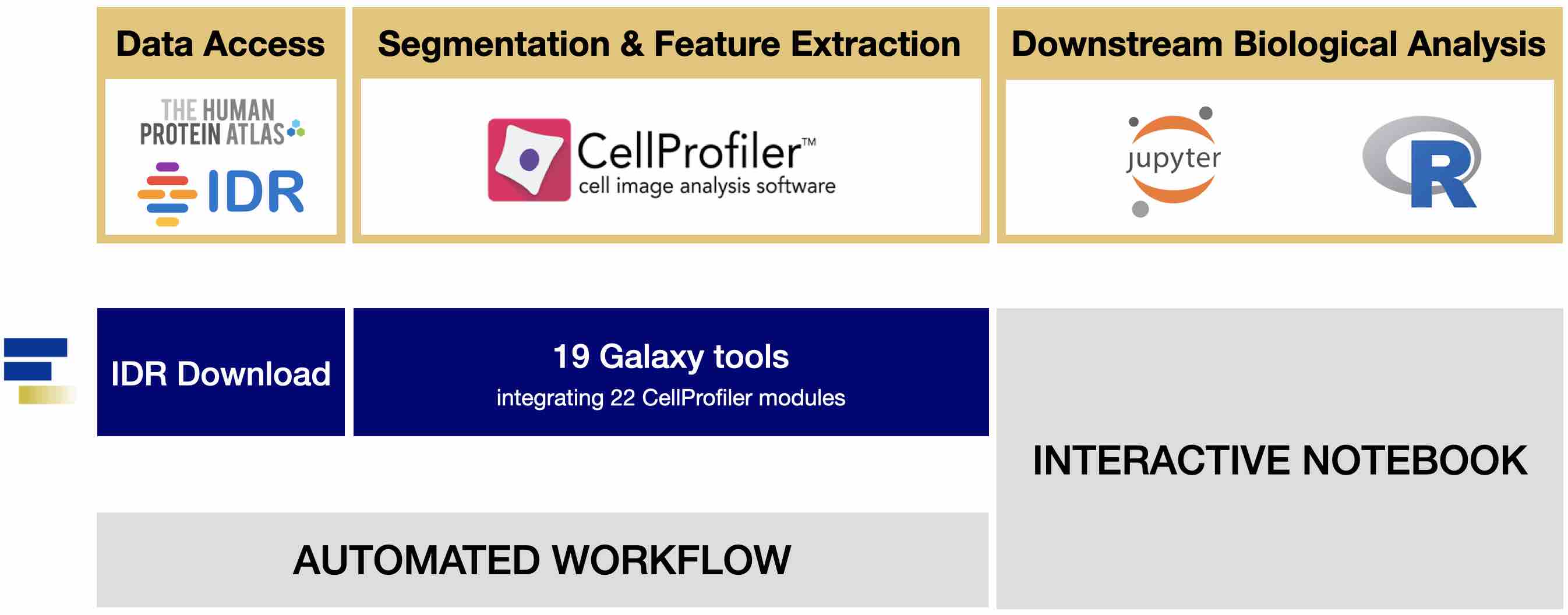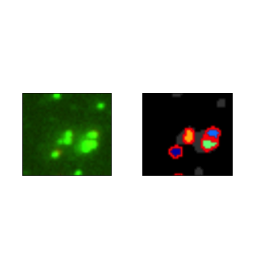

Indeed, fluorescence microscopy techniques help answer important questions on gene function such as addressing the role of a specific gene product for neuronal survival under different treatments. In contrast, the combination of overexpression approaches and fluorescence microscopy techniques allows addressing the important “where and when” aspects of gene regulation as well as quantifying gene function. However, important spatiotemporal information is lost when genetic, epigenetic or proteomic approaches are used as the sole determinant of gene function. Especially transcriptomic and proteomic methods are used to unravel this elaborate and multi-layered system of interactions between genes, RNA molecules and proteins. However, understanding this link in all its complexity has not yet been accomplished. The regulation of gene expression provides a critical link between the genome and the phenotype of a cell in general and for neuronal function and survival in particular. We focus on nutrient starvation of cultured rodent primary neurons as a model of metabolic stress but our approach can easily be generalized and adapted to other cell types or to investigate single gene function in regulating neuronal survival under various conditions. Here, we describe a versatile tool to measure effects of a transfected gene of interest on neuronal survival upon metabolic stress.

Consequently, fluorescence microscopy techniques help answer important questions on gene regulation such as addressing the role of a specific gene product for neuronal survival under different treatments. Overexpression approaches and fluorescence microscopy techniques allow investigating important spatiotemporal aspects of gene regulation as well as quantifying gene function. 5Berlin Institute of Health (BIH), Berlin, Germany.

4Charité-Universitätsmedizin Berlin, Department of Neurology, Berlin, Germany.3Charité-Universitätsmedizin Berlin, Center for Stroke Research Berlin, Berlin, Germany.2Charité-Universitätsmedizin Berlin, NeuroCure Clinical Research Center, Berlin, Germany.1Charité-Universitätsmedizin Berlin, Department of Experimental Neurology, Berlin, Germany.Kristin Wendland 1,2, Andreas Meisel 1,2,3,4 and Philipp Mergenthaler 1,2,3,4,5*


 0 kommentar(er)
0 kommentar(er)
